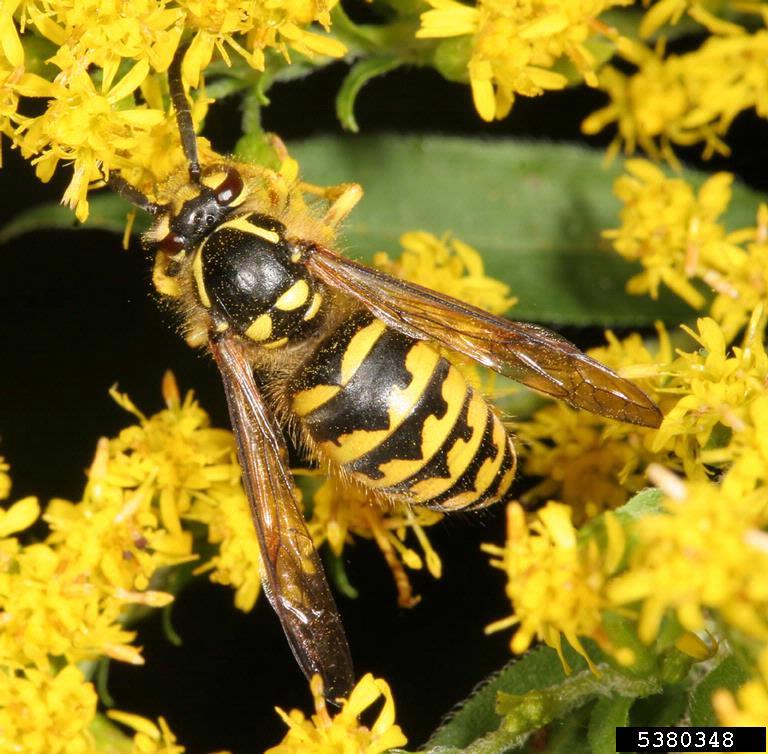
Photo by Michael R Jeffords.



Photo by Michael R Jeffords.
If you’ve ever spent much time around naturalists, you’ve likely noticed that they tend to live in a world all their own. It’s a place where time stops when a rare bird flies overhead, or an unusual insect lands on a sleeve. Conversations proceed in hushed tones and, I swear, in a different language.
Well, maybe not totally different. With the exception of scientific names, which often include Latin terms and, if I’m being honest, usually are Greek to me, the words naturalists choose are common, everyday English. It’s just that they just tend to use them in different ways.
Take the compound word seagull, for instance. It’s one you’ll rarely, if ever, hear a naturalist utter. They instead prefer the word gull, which considers the fact that many species in the family Laridae (a name derived from laros, the Greek word for, yes, gull) occur far away from any sea.

It’s the same with the word buffalo. Sure, naturalists use it in reference to Buffalo Bill, Buffalo Springfield, buffalo grass (Buchloë dactyloides) and the freshwater fish known as buffalo (Ictiobus sp., with smallmouth, bigmouth and black buffalo occurring in Illinois) but if they’re talking about the shaggy mammal that’s an icon of the American West, they’ll say bison. True buffalo species live in Asia and Africa; they lack the heavy fur and prominent hump of our North American beasts. Plus, the scientific name for the American bison is Bison bison. What more proof do you need?
Now let’s talk geese. When a naturalist speaks of the species we have in abundance in our area, he or she will use the phrase Canada geese, instead of Canadian geese. Any goose that flies down from our neighbor to the north is technically a Canadian goose, but the name Canada goose specifically refers to the brown, black and white waterfowl also called Branta canadensis.

Now, if a specific Canada goose were to fly down here from, say, Winnipeg, you could accurately describe it as a Canadian Canada goose…but only after checking its passport.
The list goes on. How many times have you heard someone in this area say they got into poison oak? Unlike American buffalo and Canadian geese, poison oak is an actual species—Toxicodendron (Rhus) diversilobum. But, it doesn’t grow in northern Illinois. Instead, we have poison ivy, T. radicans.(Are you ready for this? Taxonomically speaking, poison ivy isn’t even an ivy; it belongs to the Anacardiaceae, or cashew, family.)

Both types of plants produce urushiol, the oil that causes an allergic in reaction in two-thirds of the human population, and both have leaflets that grow in groups of three. But poison oak leaves have rounded lobes and look, well, oak like, while the lobes of poison ivy leaves are pointy and when young look remarkably like boxelder, Acer negundo. (Need to tell the difference in a hurry? Boxelder leaves grow directly across from, or opposite, each other on a stem, while poison ivy leaves grow alternately. Keep this in mind the next time you see leaves of three and are wondering if you should let them be.)
From “be” let’s move to “bee”—a critter most naturalists will jump to defend. Very often when someone gets punctured by a stinger, they’ll say “I got stung by a bee!” But, very often, the actual perpetrator was a wasp. In our area, the most common culprit is the yellowjacket—either the eastern yellowjacket Vespula maculifrons or the German yellowjacket Paravespula germanica. These two species appear to need only the slightest provocation to start stinging and together account for more than half of all human insect stings. Bees, by contrast, usually only sting when stepped on or severely harassed, and otherwise are content to spend the day happy as a clam.

Okay, I know that was a stretch, but, speaking of clams, that’s the word most people will use to refer to the bivalve mollusks that live at the bottom of our local streams. Yet naturalists typically refer to most of those creatures as freshwater mussels. Surely this is a case of po-tay-toe, po-tah-toe, isn’t it?
Well…not really. Although there are a few exceptions, clams and mussels generally have completely different reproductive strategies. Baby clams can live independently right from the get-go, while young mussels, known as glochidia, must live parasitically on the gills of certain fish species until they are more fully developed. It’s a fascinating twist on reproduction and one that may inspire you to dig deeper and learn more about the enthralling life cycle of this bottom dweller.

We could go on and talk about how we have garter snakes but not garden snakes (although garter snakes might certainly be found in a garden) and how a butterfly pupates in a chrysalis rather than a cocoon (which the name for the structure created by caterpillars destined to be moths). But I’ve just realized there’s a plate of seven-layer cookies on the table across the room, and they seem to be calling to me.
Sweet coconut, rich butterscotch and chocolatey goodness…now that’s a language everyone understands.

Pam Otto is the outreach ambassador for the St. Charles Park District. She can be reached at 630-513-4346 or potto@stcparks.org.
This article is adapted from Good Natured, a column that runs in the Kane County Chronicle. For more nature-related articles, visit the Good Natured page.
Submit a question for the author